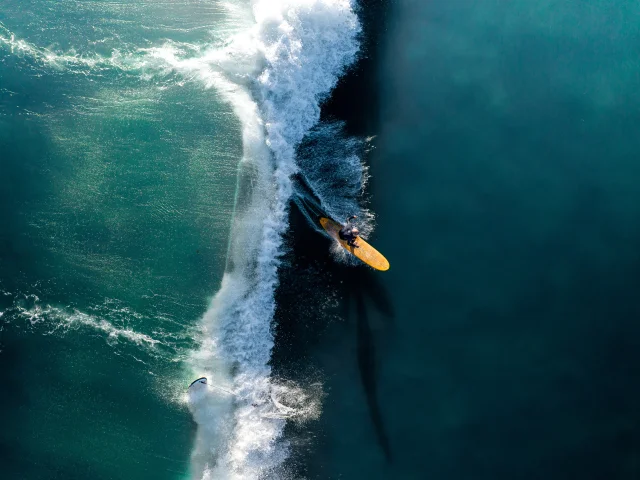The foreshore of the Ile de Ré is an ever-changing tableau, sculpted by the tides that reveal and cover its treasures in turn. At low tide, a vast expanse of sand, rocks and mudflats is revealed, offering an unparalleled playground for explorers in search of new discoveries. At high tide, the foreshore is transformed into a submerged world, where marine life takes over, creating a dynamic and fascinating ecosystem.
Beneath its sometimes austere exterior, the unsuspected biological wealth of the Ile de Ré is teeming with life. The rocks are home to a multitude of marine creatures, from sea anemones and starfish to crabs and molluscs. The mudflats are home to many organisms, including marine worms and shellfish, essential to the ecological balance of the foreshore.
The foreshore of the Ile de Ré is a fragile ecosystem, subject to human pressure and environmental change. It is therefore essential to discover it while preserving it. Numerous supervised outings are organized throughout the year to learn about and understand this natural environment, so important to the vitality of many species.







